When you hear the phrase “magic mushrooms,” what comes to mind? Maybe the hippie culture of the sixties, or maybe the vibrant and waving colors associated with a psychedelic trip?
What about thousands of therapeutic research projects coming out of the Johns Hopkins Center for Psychedelic & Consciousness Research? Or a multi-billion dollar psychedelics industry getting attention from venture capitalists?
While these more recent cultural shifts may not fit with the image of magic mushrooms in your head, they are to thank for the shroom boom.
So, what exactly is the shroom boom, what’s causing it, and what does the future hold for our fungi friends? Let’s dive into it with the Brothers Apothecary!
What Is the Shroom Boom?
The shroom boom encompasses the recent rise in interest in psychedelic mushrooms and their main compound: psilocybin.
After decades of sitting on the list of Schedule I illegal substances as established by the Controlled Substance Act in 1970, some cultural and legal shifts over the past few years are allowing shrooms to make their comeback.
Why Is the Shroom Boom Happening?
The Johns Hopkins Center for Psychedelic & Consciousness Research was established in 2020, paving the way for psilocybin to become better understood and more accessible, particularly in medicine and therapy.
In 2021, Johns Hopkins was awarded a grant from the National Institutes of Health (NIH) to study the effects of psilocybin on tobacco addiction. This is a big deal because it is the first grant NIH has given for the purpose of studying the therapeutic effects of a classic psychedelic in over 50 years. This grant is an indication that government attitudes on psychedelics are shifting.
Another promising start for the shroom boom: more and more cities and states are decriminalizing shrooms.
In 2019, Denver, Colorado became the first place in the United States to decriminalize psilocybin mushrooms. While not the same as legalization, decriminalization means that the legal system won’t prosecute you for possession of small amounts of shrooms.
Since 2019, Oakland, CA; Santa Cruz, CA; Ann Arbor, MI; Washington DC have all joined Denver in decriminalizing adult possession of psilocybin. And in 2020, Oregon became the first state to legalize psilocybin mushrooms in supervised therapeutic settings.
Within the last year, psychedelic startups have gone public, leading many to believe that this is the time to invest in shroom stocks.
And as magic mushrooms continue to undergo more clinical trials and more states consider decriminalization, we are expecting to see a whole lot more of our fungi friends. And with a wide range of studies showing the promise of shrooms, we at The Brothers Apothecary welcome this boom with open arms.
Are Shrooms Safe?
Shrooms have been used for thousands of years, often as a spiritual experience, a means of introspective self-exploration, or for medicinal use. While there are risks associated with psychedelic mushrooms, they are typically safe when taken correctly.
Studies have found that psilocybin can help lower alcohol dependence, help break smoking addictions, lower stress levels, and provide support for people who have experienced trauma.
What Do Shrooms Feel Like?
Many users report feeling giddy, excited, and awe-inspired after taking shrooms. There is evidence that shrooms can impact the part of the brain responsible for the ego, which can play a role in why so many people express heightened feelings of connectedness and empathy when on shrooms.
Psilocybin mushrooms can also produce hallucinations, visions, a sense of timelessness, and a shift in perspective. Many people experience colors and shapes more intensely or report feeling like they are in a dream while awake.
However, there is a risk of a “bad trip,” which can lead to stress, tension, nervousness, and feelings of overwhelm. One way to avoid the risk of a bad trip is to microdose shrooms, which we’ll cover in more detail below!
It’s also important to note that the effects of shrooms can take 20 minutes to an hour to kick in, so if you don’t feel anything after taking a dose, do not take more!
Are Shrooms Hallucinogenic?
Shrooms are considered hallucinogenic. Once in the body, psilocybin is converted into psilocin. In this form, psilocin is thought to bind directly with serotonin receptors.
Because serotonin receptors play a role in regulating perception, cognition, and imagination; psilocin can lead to an altered mental state, capable of producing psychoactive and hallucinogenic effects.
Are There Any Risks Associated With Shrooms?
When taken in small doses or within a therapeutic setting, there are few serious risks associated with shrooms. Shrooms are not addictive or habit forming. However, there are some precautions you should be aware of before trying shrooms.
Precautions
The main risk of taking shrooms is the risk of a “bad trip.” In some instances, psilocybin can cause anxiety, upsetting hallucinations, paranoia, and confusion. The effects of psilocybin wear off within six to twelve hours, but that amount of time in a bad trip can still be extremely frightening and unsettling.
Some people may also experience flashbacks to past shrooms trips long after the effects of psilocybin have passed.
In rarer cases, an altered mental state can lead to accidentally dangerous behavior, as you may not be fully aware of their surroundings. If you are planning on taking enough shrooms to cause hallucinations, it is good to have someone sober with you who can help ensure your safety during the trip.
Side Effects
Along with the risk of a bad trip, common side effects of psilocybin include nausea, yawning, and psychosis (seeing, feeling, or hearing things that aren’t there).
Are Shrooms Legal?
Psilocybin mushrooms are not yet federally legal. Currently, Oregon is the only state that has legalized shrooms in supervised, therapeutic settings. However, legislation has been introduced in California and Washington to legalize shrooms, and a number of cities have already decriminalized shrooms.
Like cannabis, we expect laws around shrooms to change quickly in the coming years, so keep an eye on what is happening in your city or state to stay up to date on the legal status of these psychedelic fungi!
Can You Take Shrooms Every Day?
While we wouldn’t recommend trying to trip on a daily basis, researchers are studying the effects of microdosing – or taking shrooms in extremely low doses – on a consistent basis.
More research is needed to better understand the effects and safety of long-term, daily microdosing. However, current evidence suggests that microdosing every two or three days for a few months at a time is safe.
How Much Should You Take?
When microdosing, you want to take about a tenth of a typical “tripping” dose. This comes out to approximately 0.1 to 0.4 grams of dried shrooms. Once ground into a powder, you can consume your microdose by adding it to a drink, such as a smoothie.
What Is Microdosing?
Microdosing involves taking enough shrooms to benefit the mind, but not enough to cause hallucinations. The idea is that you can microdose on a regular day – such as before work – without fear of tripping.
How Does Microdosing Work?
When taken in such small amounts, psilocybin is believed to help focus the mind, boost creativity, lower stress, and help relieve discomfort, all without severely altering the mental state.
To get the most out of microdosing, you’ll want to go into it with specific goals, such as improving your time management or connecting more with the people in your life. You can also keep track of your mood and energy levels through daily journaling.
This wi;l help set up a daily practice and keep track of your progress as you become more intune with yourself through microdosing.
To avoid building up a tolerance, it’s best to microdose every two or three days, rather than daily. Make sure you stick to a consistent schedule, and take the same amount each time for at least a month before trying to change your dose.
How Do I Find the Right Dose?
If you are new to microdosing, it is best to start small. Measure out 0.1 to 0.2 grams of dried shrooms using a scale. You won’t want to try and eyeball the measurements, as too much could cause psychoactive effects.
And remember not to take more, even if you don’t feel anything! Some of the beneficial effects of microdosing can take time to really feel. Stick to the same low microdose for at least a month before tinkering with the dose.
Once you are more familiar with microdosing, you can try up to 0.4 grams. More than that, however, may lead to hallucinogenic effects.
The Bottom Line
When it comes to magic mushrooms, the tides they are a turning. Psilocybin mushrooms show promise as a therapeutic substance, and here at the Brothers Apothecary, we can’t wait to see how the shroom boom continues to grow.
In the meantime, if you aren’t interested in psychedelic shrooms, you can still benefit greatly from the adaptogenic and antioxidant properties of non-psychedelic mushrooms such as chaga and reishi. You can find soothing and wellness-boosting, locally sourced non-psychedelic mushrooms at The Brothers Apothecary shop!
Sources
The ‘shroom boom’: The meteoric rise of the psychedelic medicine indus | STAT Reports
Low doses of psychedelic drug erases conditioned fear in mice | USF Health
Jesse Richardson is the co-founder of The Brothers Apothecary. He's an avid tea drinker and the primary creator behind The Brothers' products. An undergraduate of UCLA for Political Science, Jesse currently studies Medicinal Plants at Cornell University and The International School of Herbal Arts & Sciences.




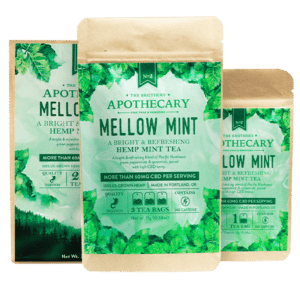

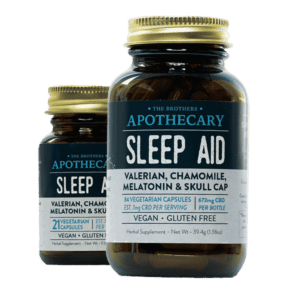

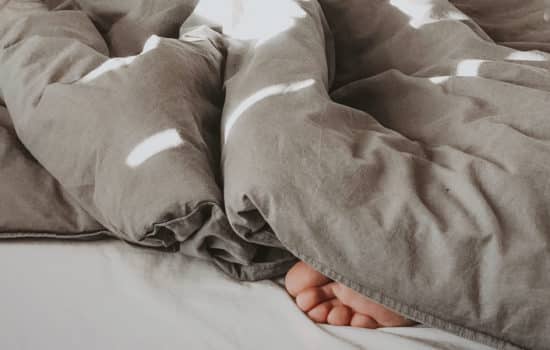
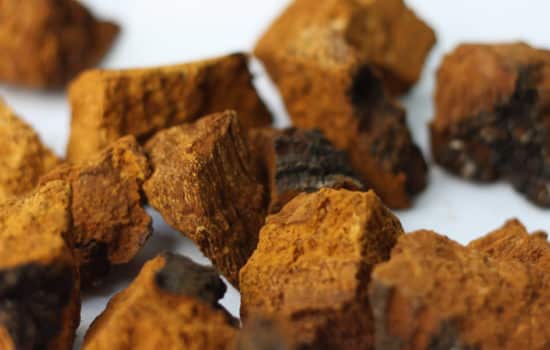
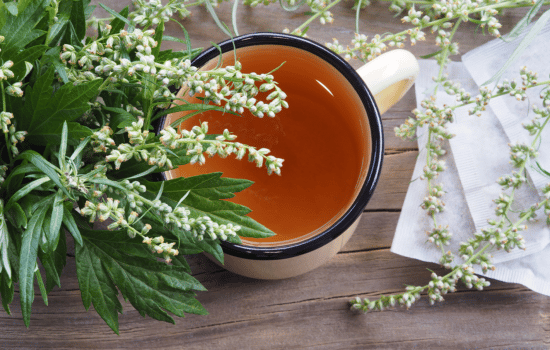
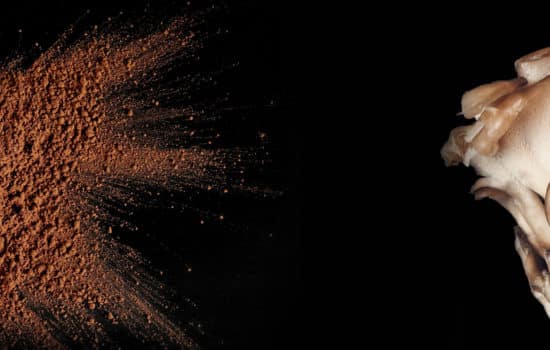
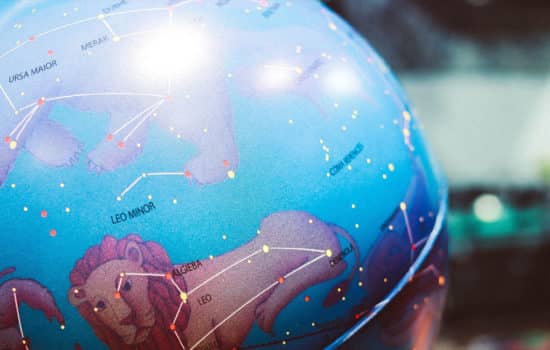
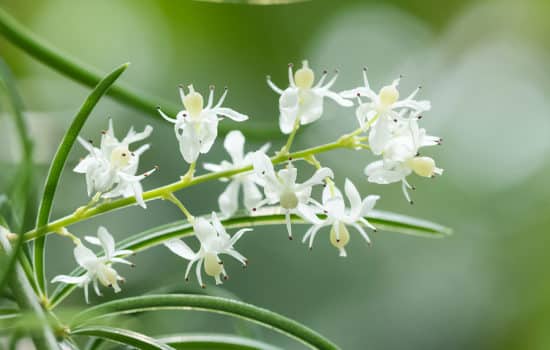





One thought on “Shroom Boom: The Rise of Psilocybin”